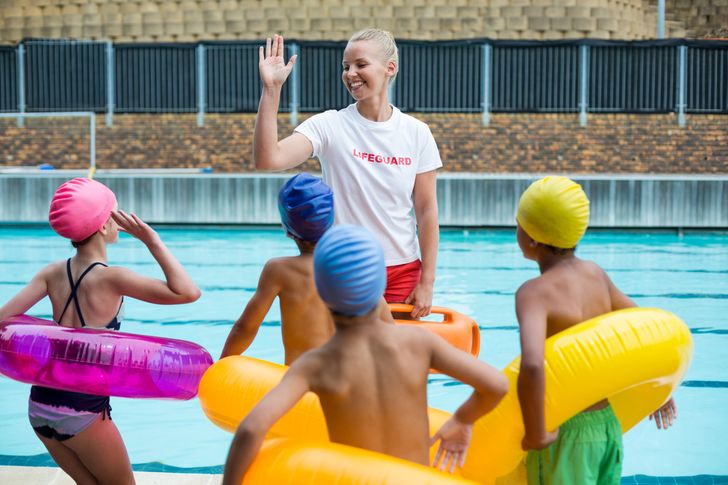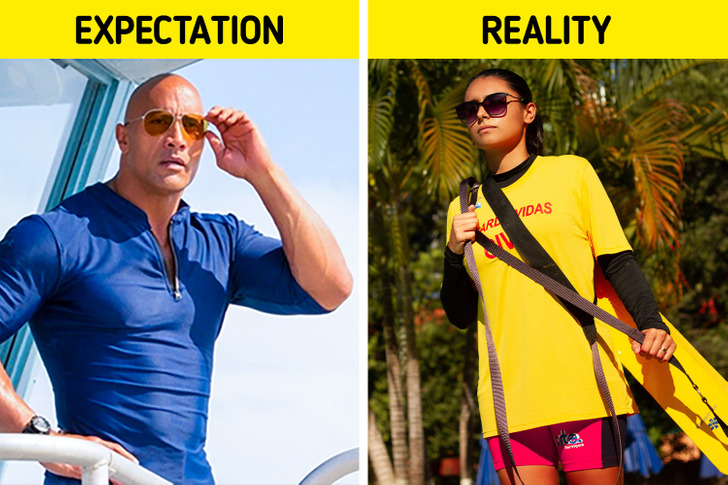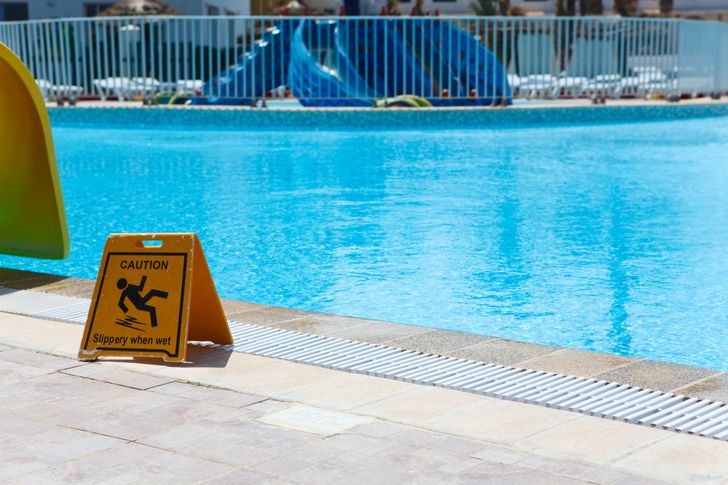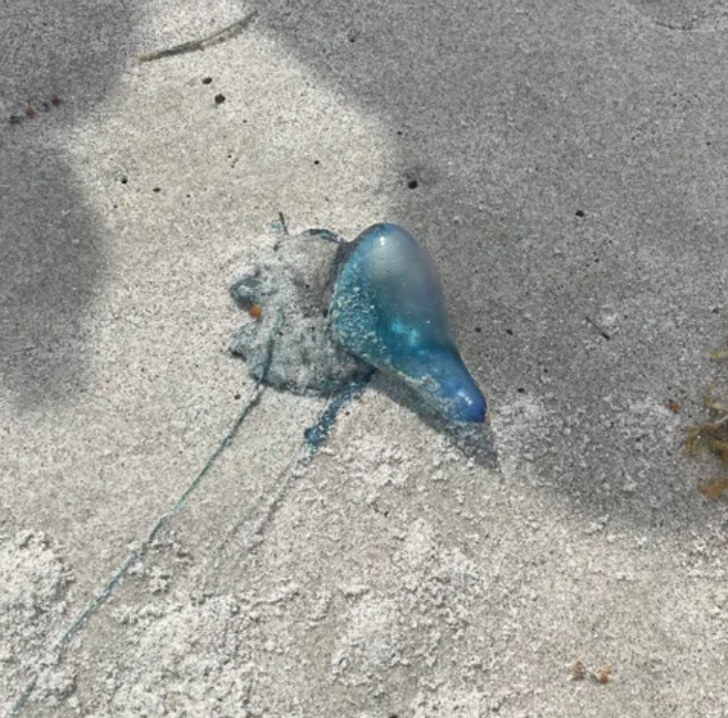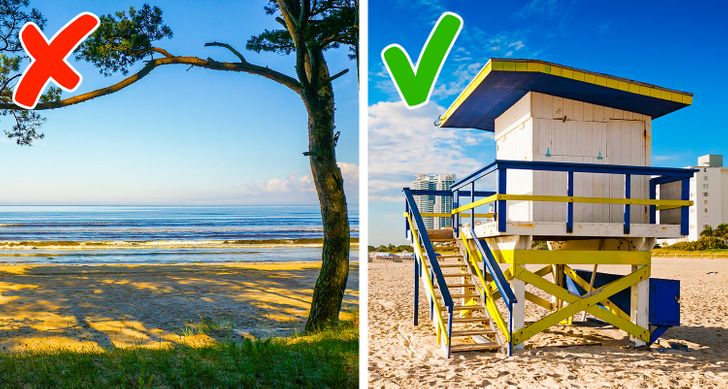i would think the most important rule before getting ocean and or pool would to be a proficient
Lifeguards Shared 13 Facts to Help You Stay Safe in the Water
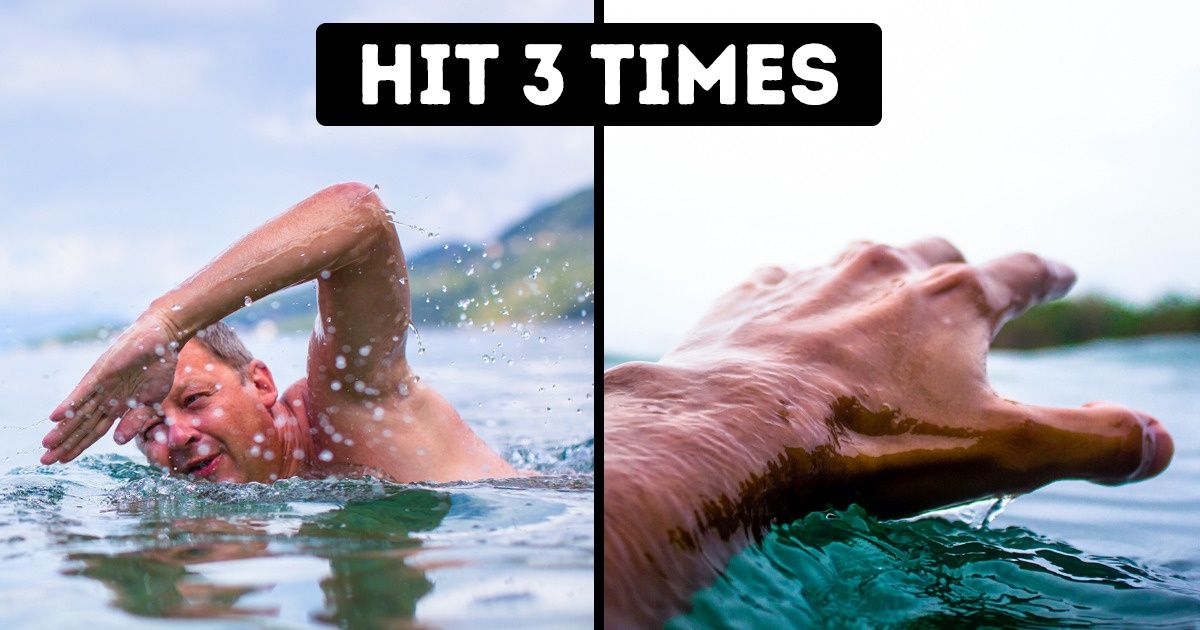
We are used to thinking that taking care of our safety on beaches and in swimming pools is the job of lifeguards. According to a report by the World Health Organization, drowning is the third leading cause of unintentional injury and death around the world. There are an estimated 236,000 annual drowning deaths worldwide. Children, males, and individuals with increased access to water have the highest risk of drowning.
Bright Side decided to draw your attention to what American lifeguards want to tell to the world. Their recommendations will be useful for you when you go to the beach or to the swimming pool.
1. Stop talking to lifeguards without a good reason, it is irritating and distracting.
If you think that you are perfectly safe if there is a rescue team on the beach or at the pool, you are very wrong. Yes, lifeguards are supposed to be alert but you should know that we are often distracted. Feel free to ask them for help, ask them which pool is for which age, and learn about the safest places for swimming. But don’t hope that they will spend 15 minutes on small talk, it’s actually really irritating and distracting.
It is extremely easy to lose sight of a child in a crowd. If this happens, call a lifeguard immediately. Also, it is very useful if you instruct your child before visiting the pool or the beach and tell them that if they get lost, they should contact lifeguards instead of trying to find their parents themselves. However, lifeguards are not the people children should complain to about lost toys.
2. Drowning looks different in real life than how it is shown in the movies.
Lifeguards say that there are a lot of parents who are on their phones while their children are swimming. While you are sharing your new photos on social media, your child might not only get lost but could drown.
Many parents are convinced that if a child is swimming somewhere close and starts drowning, that the people near the child, or the rescue team will definitely see or hear them. However, drowning in real life happens in a very different way than how it is shown in the movies.
- It’s really hard to identify a drowning person. When a person is drowning, they are trying to get as much air as possible, so you can see their head with an open mouth. But when it happens to children, they usually drop their head forward and drown. Their hair can cover their forehead and their eyes, so finding a child in the water among other people is very hard.
- A person can’t call for help. Drowning happens within minutes. The head goes underwater, and if the person manages to make it to the surface, they use this precious time to get some air. So there is no time to shout.
- Drowning people don’t always wave their hands. Adult people usually put their hands to the sides to push and swim. Children put their hands forward. They might not even notice a lifeline. The fight for life lasts 20-60 seconds and then the person goes underwater.
We ask you to be more cautious. Drowning people don’t look like they are drowning. They might look like they are enjoying the sky or the beach. Ask them if they are all right. If you don’t hear an answer, this means the person is in trouble.
3. Some of lifeguards can be too young.
The American Red Cross certifies lifeguards starting from the age of 15. A young guy who’s responsible for your safety could have spent the morning convincing his mother to let him stay out later and in one hour, he is already responsible for the life of you or your child. This is another reason to watch your child at all times.
4. Lifeguards do more than save people.
They also provide first aid if someone has a little cut or a bruise, they clean swimming pools, they sell food, they take out the trash, and they clean the bathrooms — they do all this for an average of $14.25/hour.
5. When lifeguards ask you to not run, they really mean it.
Usually, children are guilty of breaking rules and misbehaving. But we all know that there are many adults who violate the rules. Please respect the rules of swimming in a pool and on the beach just like everyone else. Many of the injuries that people get are because they don’t follow simple rules. Walking barefoot on a slippery floor can lead to falling and getting injured.
6. It’s prohibited to dig deep holes in the sand for a reason.
At many beaches, you might notice that it’s prohibited to dig deep holes in the sand. This rule appeared after a series of tragic cases. Adults and children can suffocate if the hole in the sand falls in and this has happened several times.
7. Beware of sea creatures.
Seeing a shark in the ocean is a pretty rare situation, but there are a lot of jellyfish and stingrays to watch out for as well. Don’t touch them if you notice them in the water. Even dead jellyfish can still sting you. If something bites you while you are swimming, you should tell a lifeguard about this as soon as possible to get first aid.
8. Stay where the lifeguards can see you. If you don’t see them, they don’t see you.
The risk of drowning on a beach where there are USLA-affiliated lifeguards is 1 in 18 million, which is 0.0000055%.
9. Stay away from piers.
Stay away from piers. This is the best way to avoid the danger of getting caught in a water current.
10. If you are in a rip current, swim along the beach.
Rip currents are very dangerous. Look at one from above.
When inexperienced swimmers are in a rip current, they start swimming toward the beach as fast as they can. They waste so much energy and are never able to move from the current. Remember: don’t swim against a rip current. Just calm down and swim parallel to the beach until the current gets weaker.
11. Lightning is a real danger.
Rescue teams have to convince people to get out of the water during thunderstorms. Many people really don’t understand why they should get out of the water. It’s strange because the phobia of being struck by lightning is one of the most common ones in the US.
Lifeguards limit the access to water for at least 30 minutes, which is how long it’s recommended to stay away from the water after you hear thunder. Of course, the “thunder” might turn out to be a truck driving nearby, but this is a situation where you need to exercise extra precaution.
12. Lifeguards don’t like inflatable rafts, rubber rings, and things like that.
Inflatable things can slip at any second and they can give children a false sense of security and confidence in their swimming skills. The safest things for small children and inexperienced swimmers is a life vest. It’s best if is approved by the US Coast Guard. A vest that is right for the child’s size and weight will keep them afloat.
13. Walking barefoot is a bad idea.
The virus that causes plantar warts thrives in humid places. You should always wear shoes when you are in the changing room or a shower unless you want to chance getting the virus. And in order to minimize any injuries in open water, we recommend that you buy special rubber shoes.
Bonus: 3 hits that can save your life
Here is a simple trick on how to make a lifebuoy using a pair of pants.
- Tie the legs of the pants and put them around your neck.
- Check that the fly is closed and facing down.
- Put the waist of the pants in the water and simply hit the water surface 3 times.
The pants will fill with air and keep you afloat.
You can watch the video below to understand the trick better.
Which safety recommendations would you add to this list? Tell us in the comment section below.
Comments
swimmer
Related Reads
How Plastic Surgery Dramatically Changed These Celebrities

I Refused to Pay for the Coffee Machine at Work—Now HR Got Involved

13 Stories That Prove the Craziest Plot Twists Come From Real Life

15 Stories That Prove Being Kind Costs Nothing but Means the World

I Refuse to Be My Sister’s Free Full-Time Nanny—I Don’t Like Kids, and I’m Proudly Child-Free

My MIL Insulted Me in Public—I Taught Her a Lesson

10 Real-Life Stories That Ended Like a Strange Movie Plot
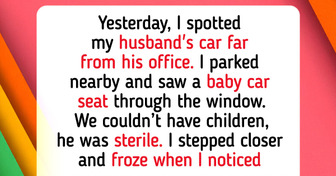
I Refuse to Host Thanksgiving Again—And It Turned My Family Upside Down

I Refused to Babysit My Grandkids Because My DIL’s Rules Went Too Far
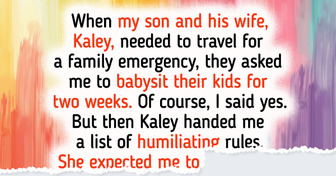
I Refuse to Stop Using My Pool Just to Please My Neighbor — Our House, Our Rules
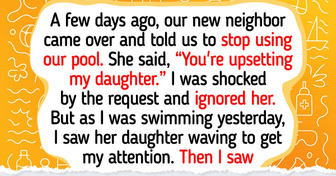
I Excluded My MIL From a Vacation, It’s Only for My Family

My Parents Treated My Sister Like a Princess and Me Like Nothing—Big Mistake

